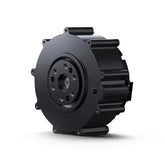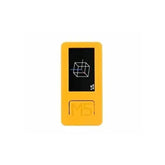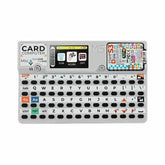Popular Products
Xiaomi CyberGear Micromotor Intelligent Motor
- €99,90 EUR
€109,00 EUR- €99,90 EUR
- Unit price
- / per
M5StickC PLUS2 ESP32 Mini IoT Development Kit
- €24,50 EUR
€24,50 EUR- €24,50 EUR
- Unit price
- / per
M5Stack Cardputer Kit with M5StampS3 1400mAh Battery
- €34,49 EUR
€34,49 EUR- €34,49 EUR
- Unit price
- / per
-
- Camera
- Go to Camera
- Edge AI Camera
- General Camera
- Embedded Camera
-
Depth & LiDAR Camera
- Depth & LiDAR Camera
- Go to Depth & LiDAR Camera
- Depth Camera
- LiDAR Camera
-
Camera Accessory
- Camera Accessory
- Go to Camera Accessory
- Mount and Enclosure
- Lenses and Optical Accessory
-
- Display
- Go to Display
- LCD
- TFT
- OLED
- e-Paper
- LED Matrix
- LED
-
- Wireless & IoT
- Go to Wireless & IoT
- Gateway & Router
- LoRa/Zigbee
- WiFi
- Bluetooth
- RFID/NFC
- UWB
- Geek
Discover Our Camera Modules Collection
Cameras are versatile tools that combine advanced technologies with practical applications. From depth sensing to real-time AI analytics, modern cameras are designed to meet diverse needs across industries. This guide explores key camera types and their unique capabilities, providing insights into how they enhance innovation and simplify complex tasks.
-
Depth Camera: A type of camera that captures the distance between objects and the camera. Unlike regular cameras, it provides depth information for each pixel, creating a 3D representation of the scene. Depth cameras typically use technologies like stereo vision, structured light, or Time-of-Flight (ToF) to achieve depth sensing.
-
Embedded Cameras: Small camera modules designed for embedded systems, such as development boards and smart devices. These cameras connect through different interfaces based on the specific requirements of the application.
-
Edge AI Camera: A camera that has built-in artificial intelligence (AI) processing capabilities, allowing it to analyze images and video locally (on the device) instead of sending the data to the cloud. This results in faster processing, reduced bandwidth usage, and better data security.
-
General Camera: A device used to capture images or videos. It records 2D image data, focusing on brightness and color, but does not capture depth or 3D information like a depth camera. It uses various optical and imaging technologies, such as lenses, sensors, and processors.
-
Camera Accessories: Tools that enhance shooting performance or protect the camera.
- Choosing a selection results in a full page refresh.













